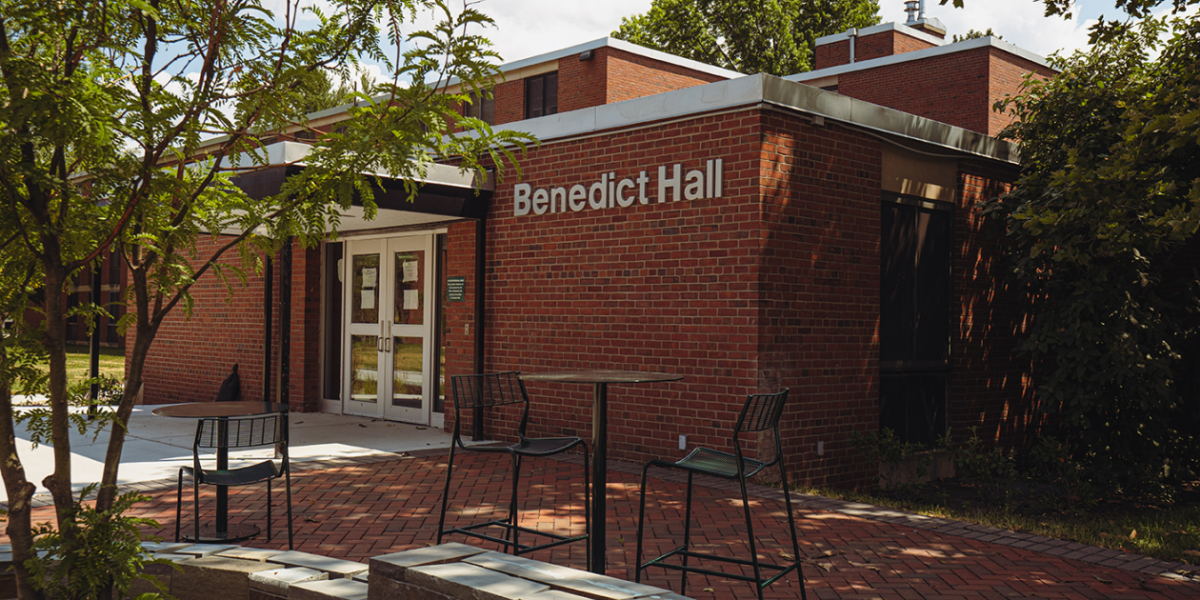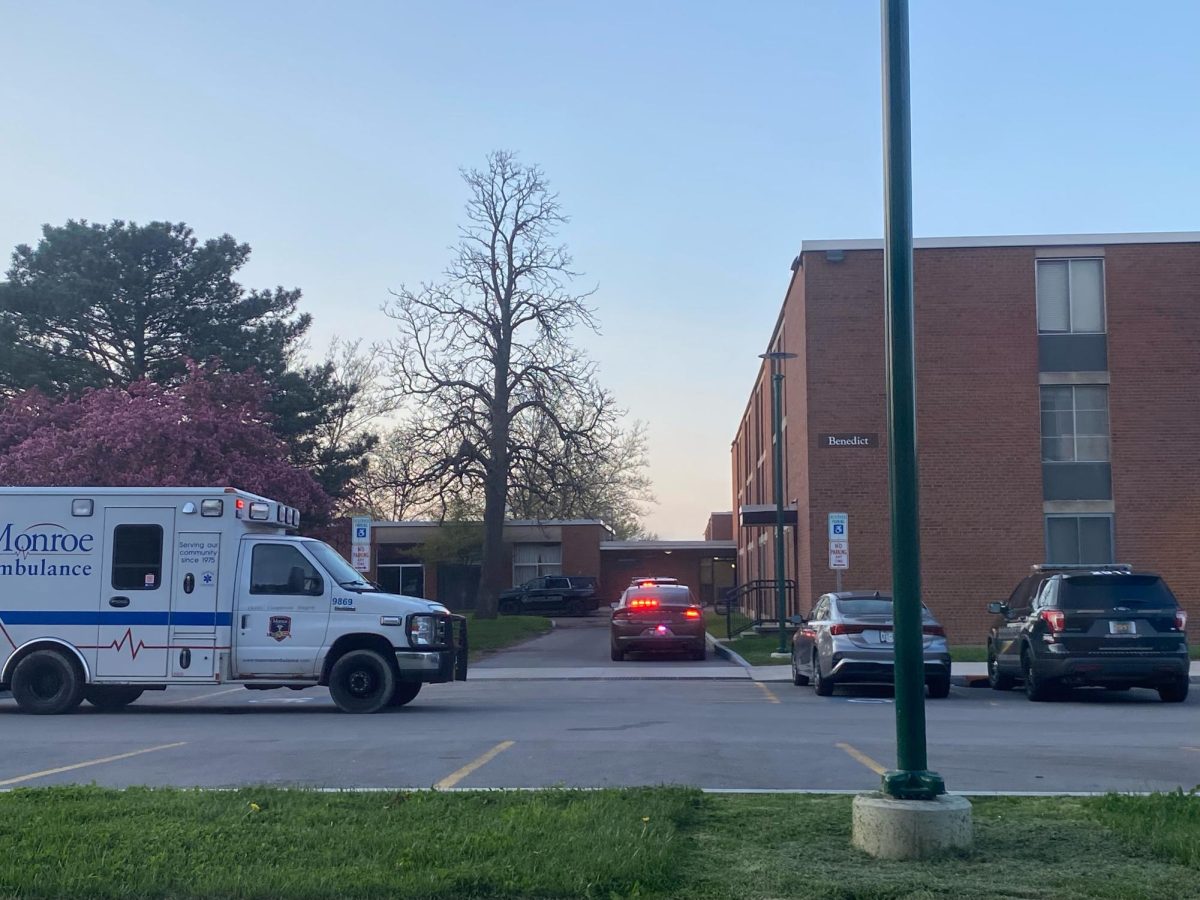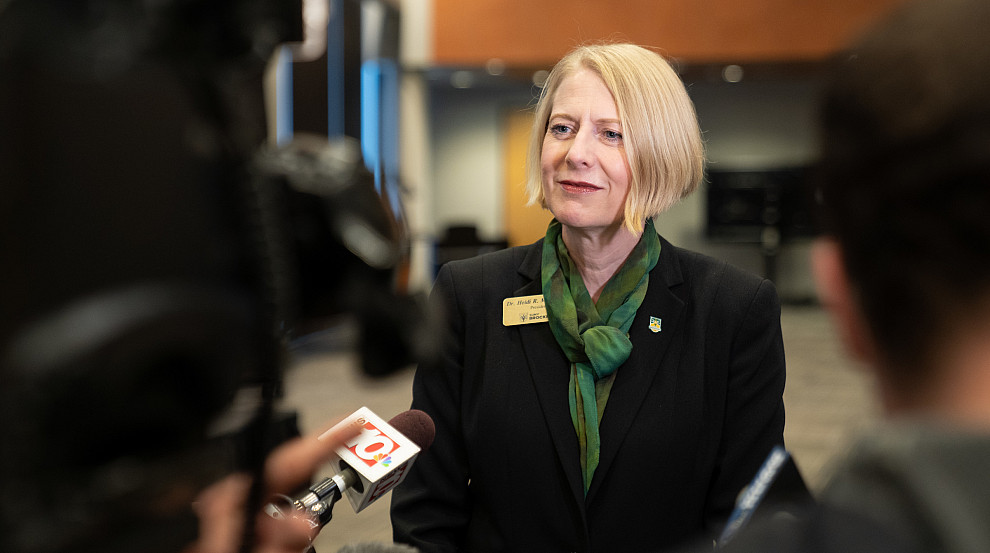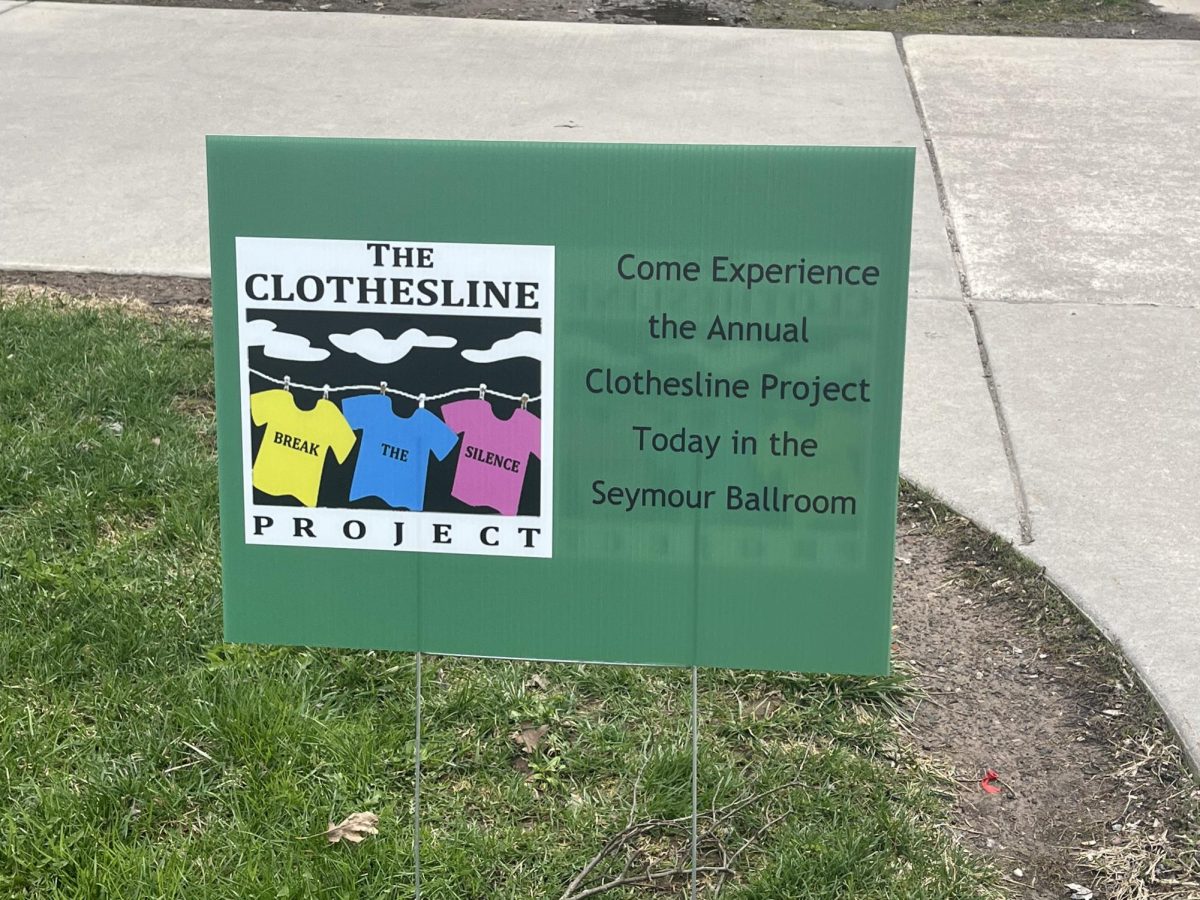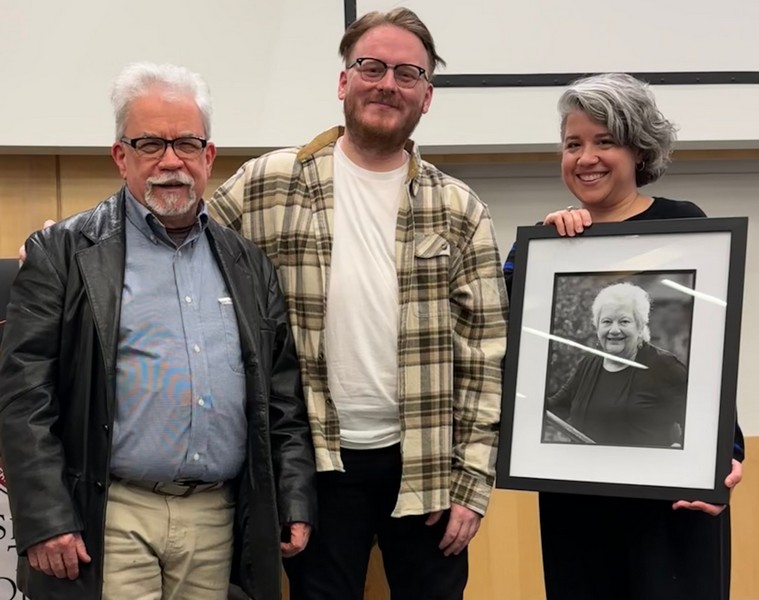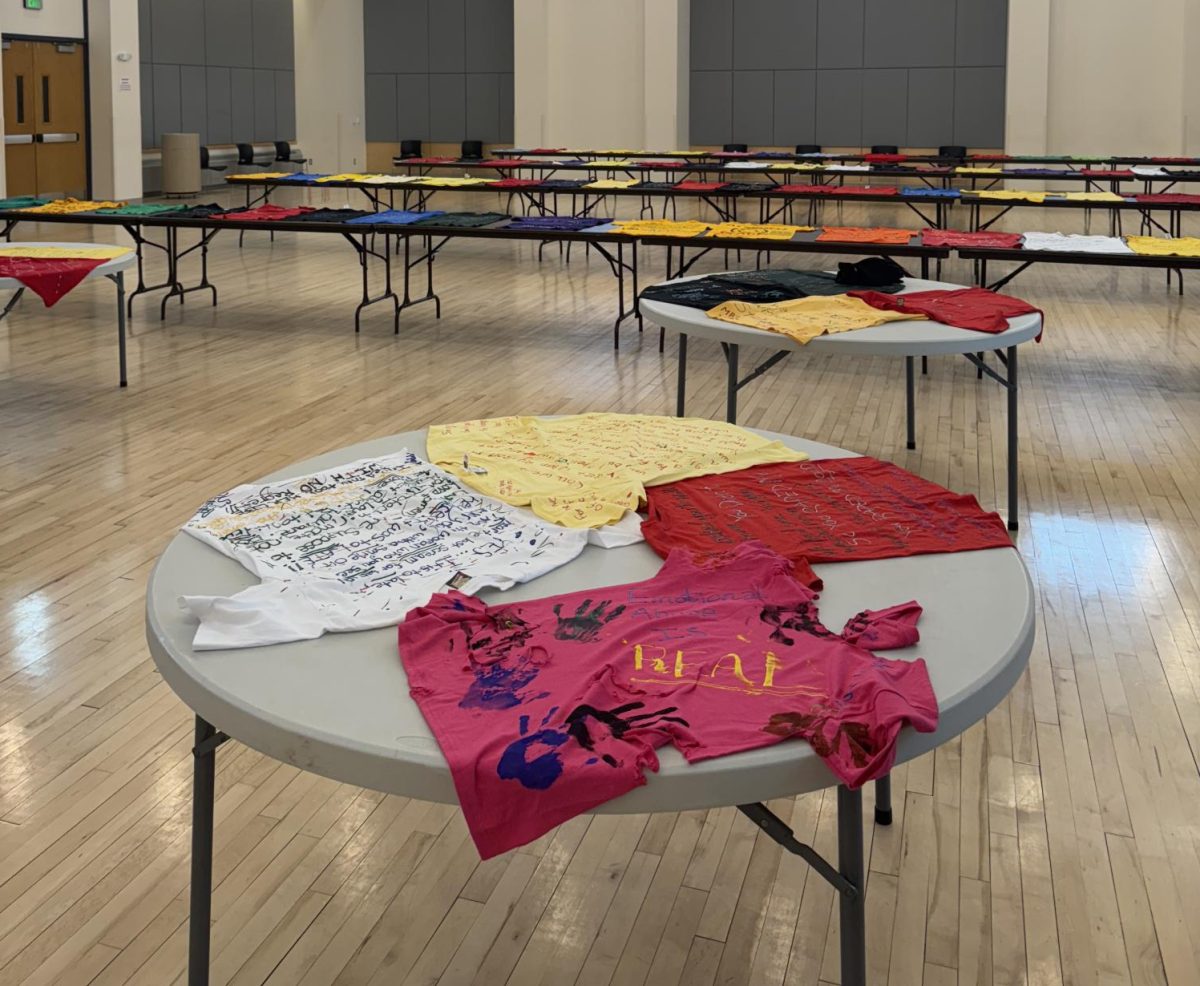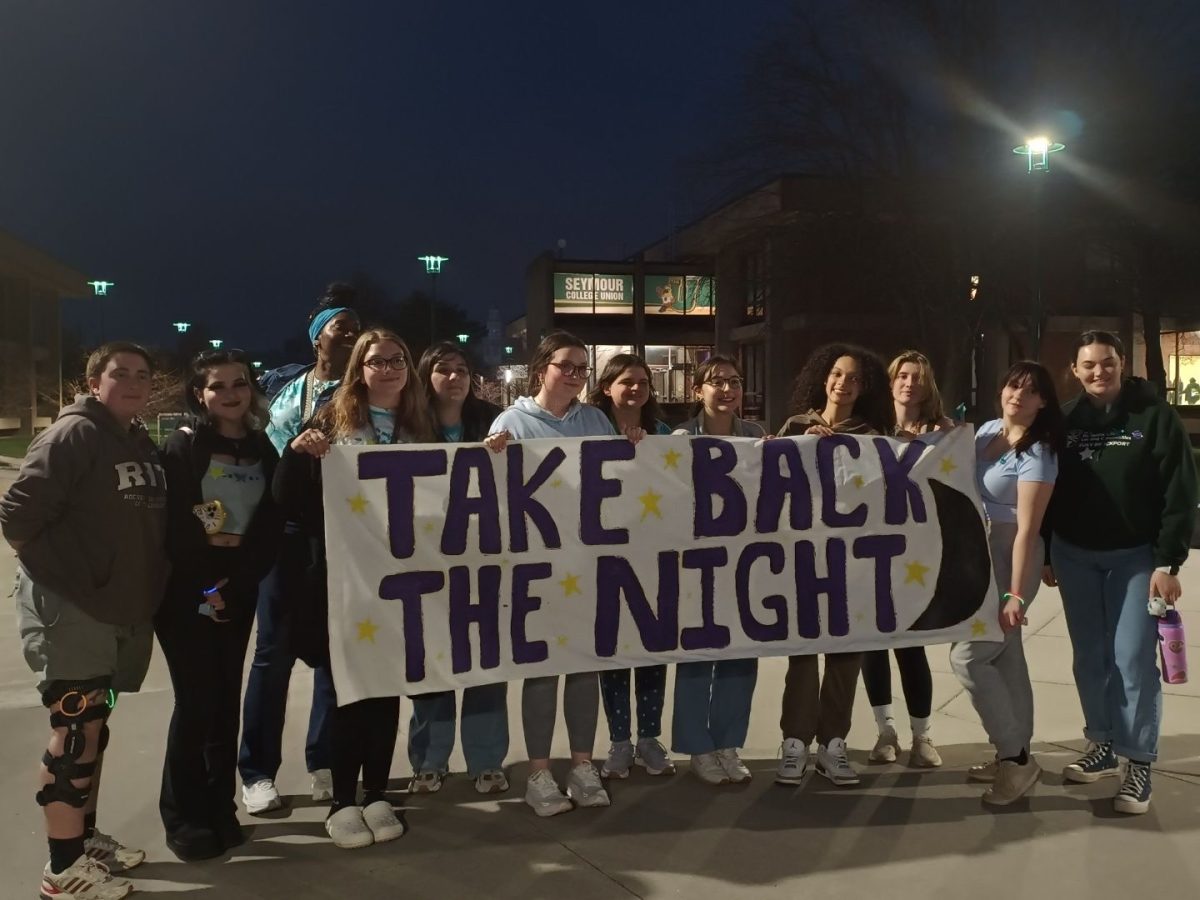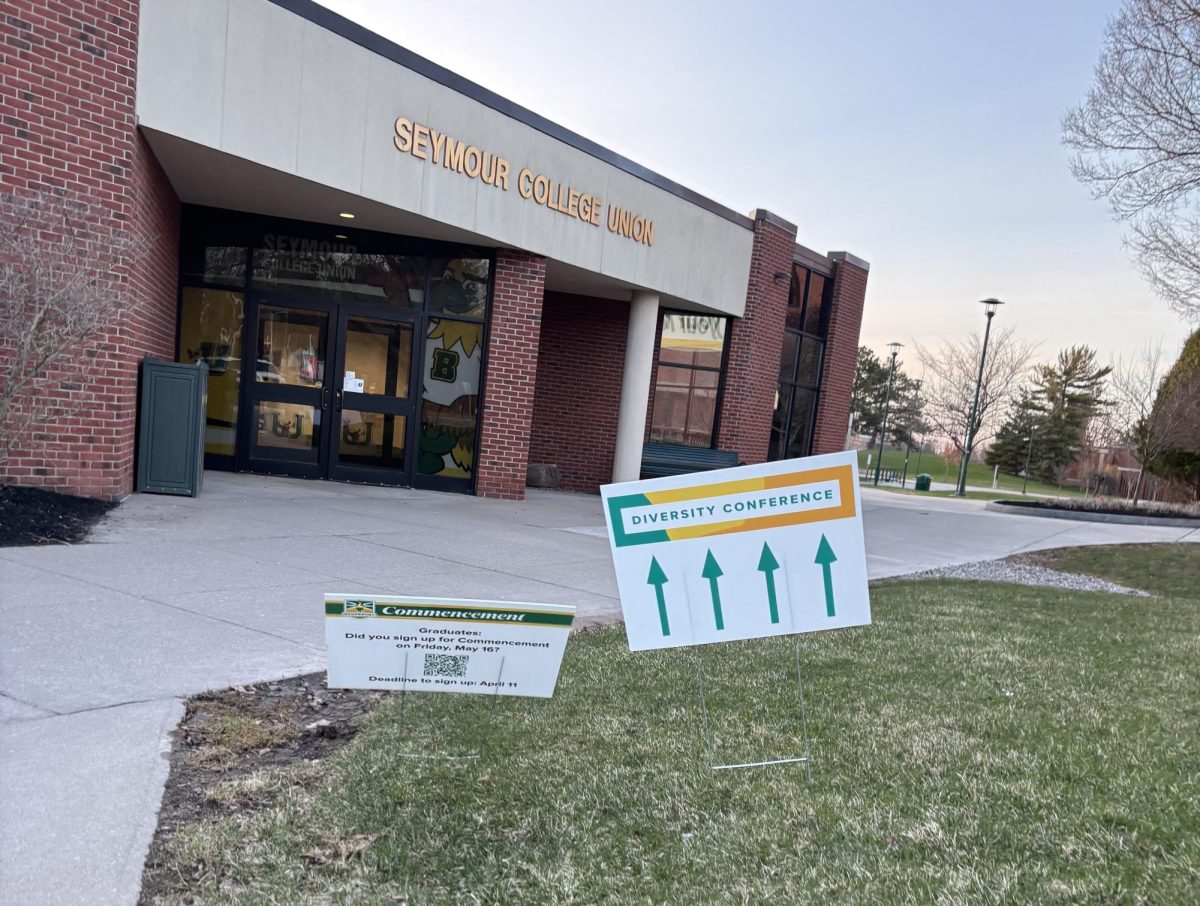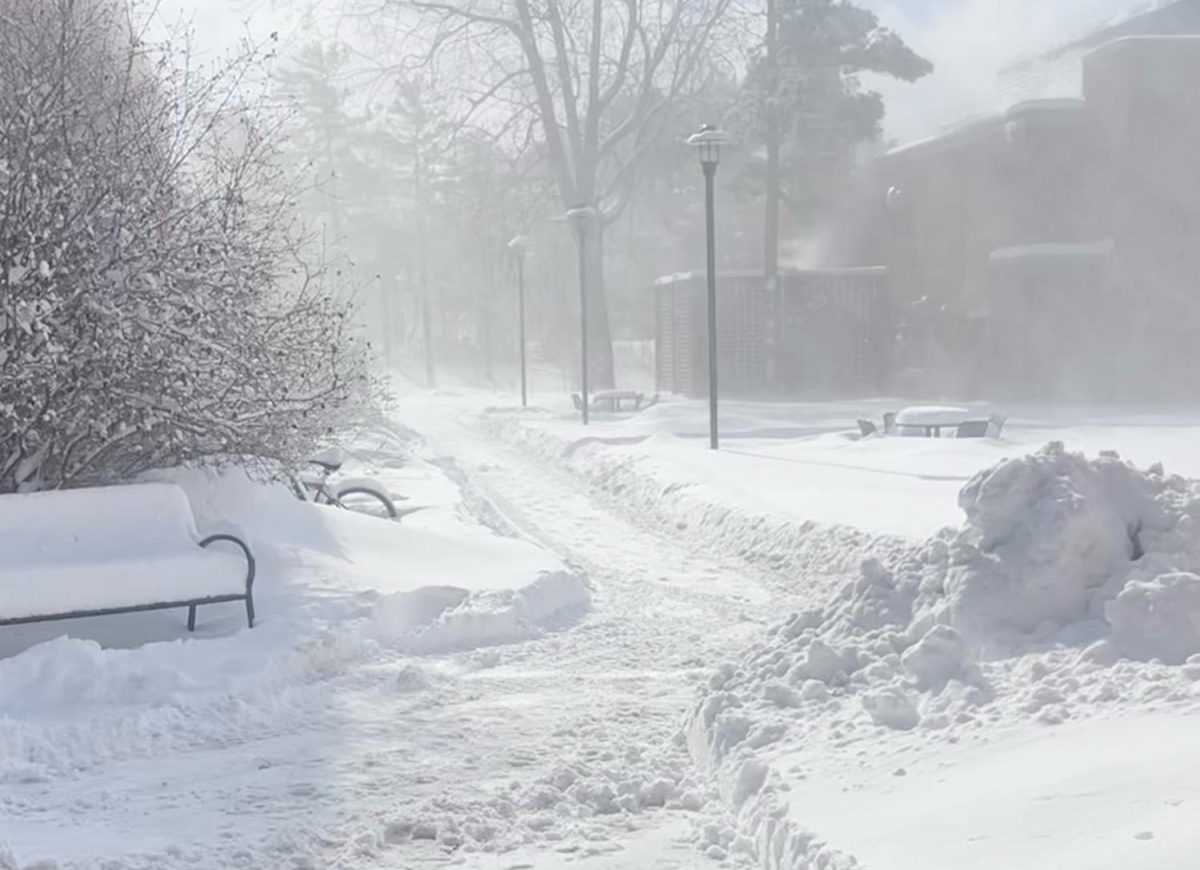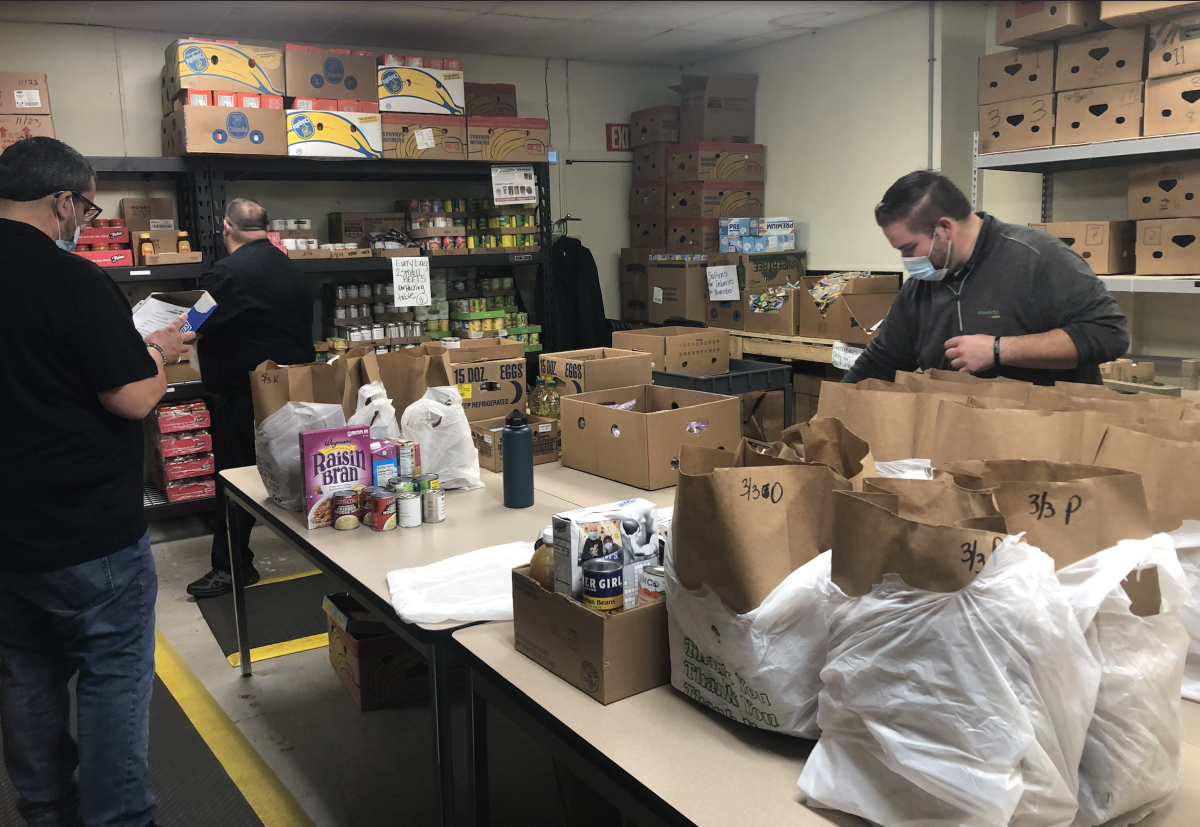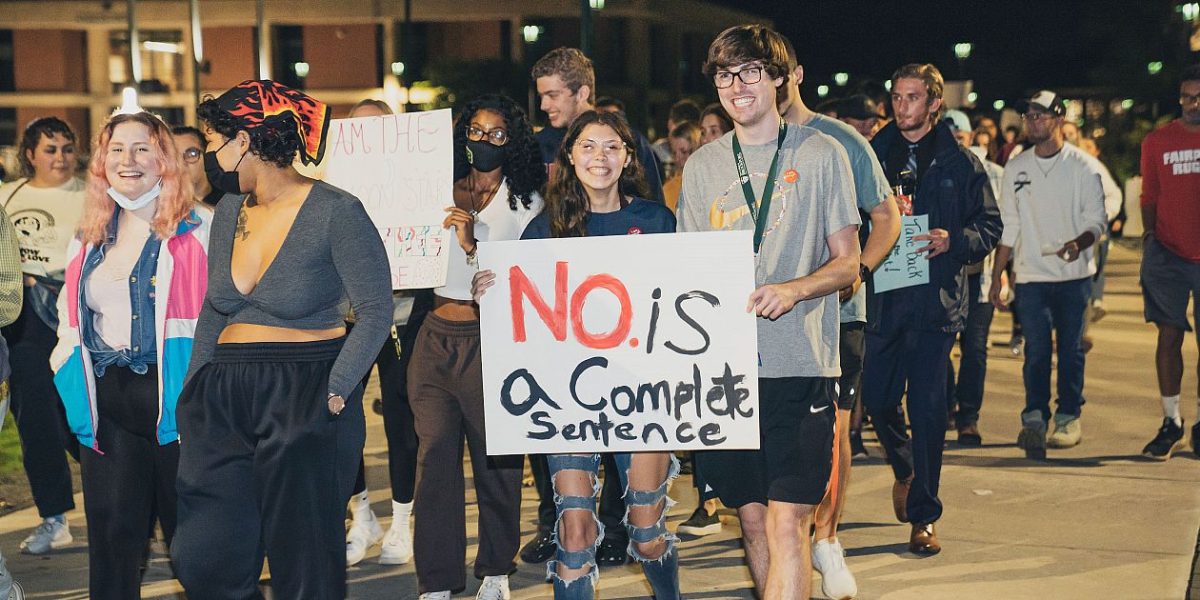An estimated 13.5 million U.S. households were found food insecure in 2021. Locally in Monroe County, there are 86,040 individuals unable to feed all members in their home.
Food insecurity is defined by the United States Department of Agriculture (USDA) as a household-level condition of limited or uncertain access to adequate food. It is becoming a critical public health issue many are suffering from due to unemployment, poverty and income shocks.
Although there is no true solution to food insecurity, many food insecure individuals benefit from resources such as food pantries. The Brockport Ecumenical Food Shelf (BEFS) and The Community Food Cupboard of Rochester are just two of thousands providing food relief to those in need.
BEFS is a nonprofit emergency food pantry partnered with Foodlink in Rochester. The organization has been in existence for almost 50 years providing food relief to eligible residents in the Brockport community.
Jake Straub has been volunteering at the BEFS since 2018 and was voted Board President in 2020. As a volunteer and board member, he partakes in multiple tasks in order to guide and run the food shelf.
“As a volunteer I primarily help clients shop for food. This includes helping them select food items, answering their questions and then getting food to their vehicles or doing home deliveries,” Straub said.
The first four Thursdays of every month the shelf is open, allowing clients to come in and shop by the size of their household with a volunteer
“If someone does not live in our serving district, our policy is to serve them one-time and then refer them to a food shelf in the district they live in,” Straub said. “Because we are an emergency food shelf and partner organization for Foodlink, we are allowed to provide food to households one time per month and we follow their guidelines for food distribution.”
Straub notes that although food pantries are not a solution, they help immensely in providing healthy food to those who need it.
Administrator for The Community Food Cupboard of Rochester Maribeth Weed has a similar outlook.
“Food pantries are most definitely not the solution, it’s much bigger than this. No one wants to go to a food cupboard or pantry, but for the short-term solution of keeping people from being hungry it works,” Weed said.
The Community Food Cupboard of Rochester is a nonprofit organization also partnered with Foodlink.
Similarly to BEFS, the cupboard requires clients to live within certain zip code areas in order to receive prepackaged bags according to family size. Clients can then go to the cupboard and may choose from a variety of frozen meats and proteins.
The cupboard serviced 3,021 food insecure individuals in Irondequoit and the greater Rochester area in 2021 along with an average of 150 households for deliveries and an average of 214 emergency household deliveries. Weed expects to see much larger numbers for 2022.
The public health implications of food insecurity are significant, and the lingering effects of COVID-19 have sustained a higher demand for food pantries. This also means other resources such as The Supplemental Nutrition Assistance Program (SNAP) benefits will continue to have an upsurge in demand.
SNAP, formerly known as Food Stamps, is a federal program that supports eligible low-income people in need of nutritional support. SNAP participants receive an Electronic Benefits Transfer card that works like a debit card at authorized food retail stores. In 2021, the program helped more than 41 million low-income people in the U.S. afford a nutritionally adequate diet each month.
Despite this fact, it is still difficult for some individuals to gain access to these benefits.
“I’d like to see an increase in SNAP benefits as well as easier access in gaining them,” Weed said. “Many poorer individuals do not have access to a computer, so I think putting kiosks in various agencies would help. In addition, I’d also like to see more State and Federal free food.”
Many have concerns similar to Weed’s in which the USDA is working to improve upon. A grant application to better SNAP customer services was put in place in April “to enhance the customers experience and promote fairness and equity in the program.”
Although these resources are not flawless, they have become an essential part of our society. Food pantries and programs like SNAP are continuing to help close the gap on food insecurity for people around the nation as this public health issue still affects millions in the U.S. today.

